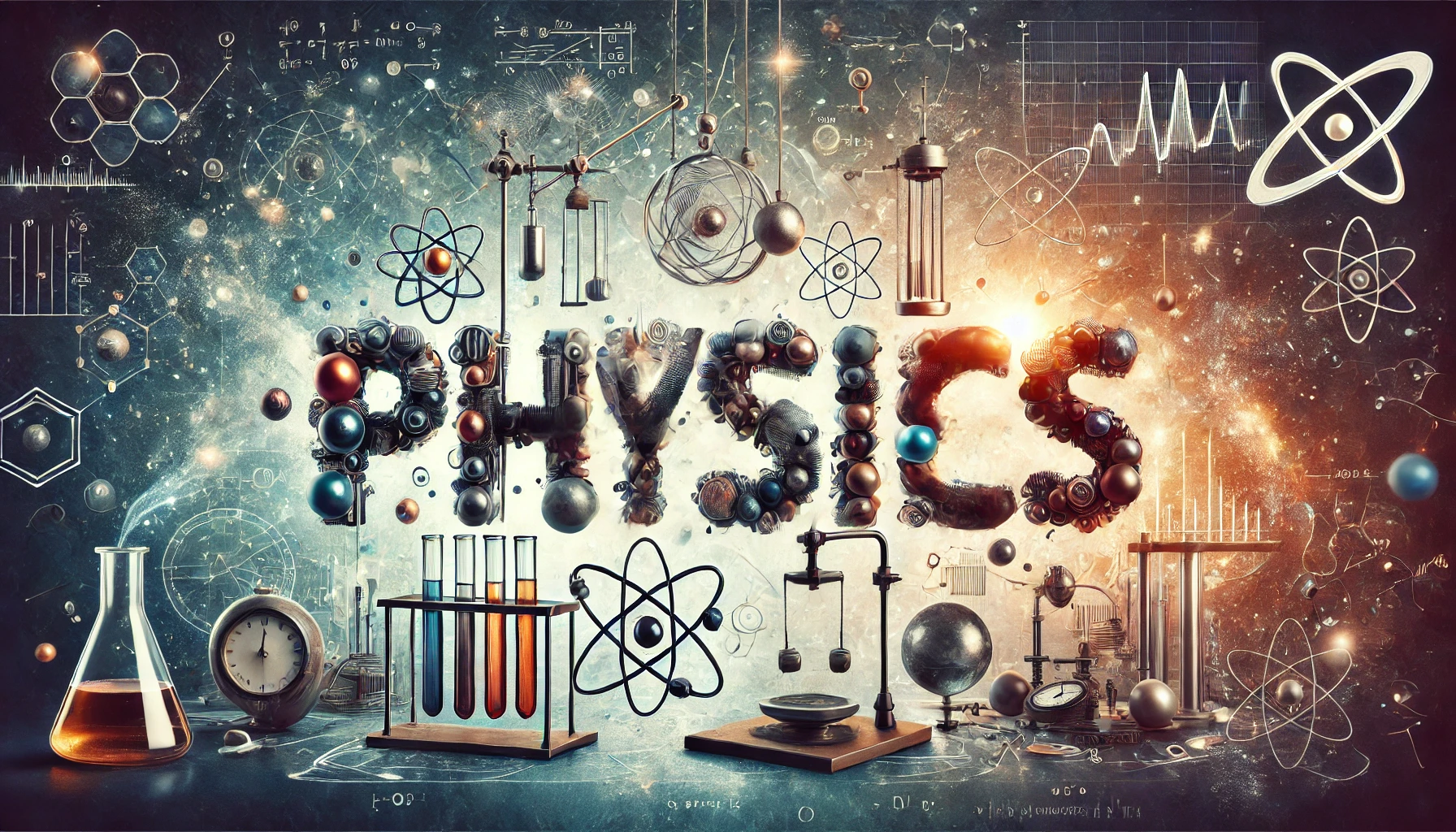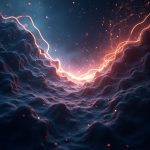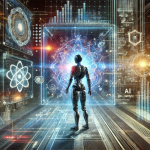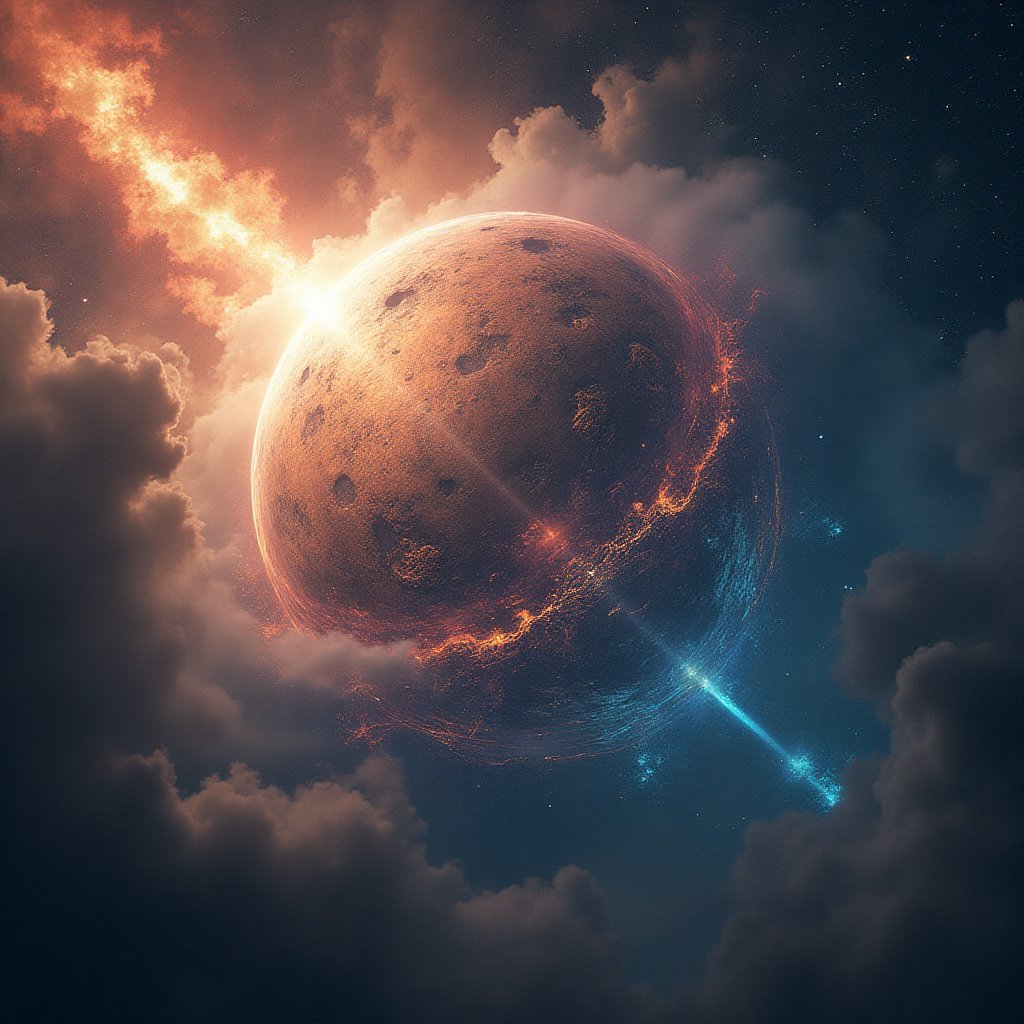Geoffrey Hinton, widely hailed as the "Godfather of AI", and Princeton’s John Hopfield have just clinched the 2024 Nobel Prize in Physics for their groundbreaking contributions to the development of artificial neural networks—the very backbone of today’s most advanced AI technologies. Their work has set the stage for machine learning, deep learning, and generative AI, transforming industries and daily life. This award marks a historical moment for the AI community, but also raises thought-provoking questions about the future.
The irony isn’t lost on anyone, especially Hinton himself, who split his career between the University of Toronto and Google’s deep-learning team until his abrupt departure in 2023. Hinton, in his typical self-deprecating manner, expressed his surprise during a phone call with the Nobel Prize panel, saying, "I'm flabbergasted. I had no idea this would happen."
With this prize, Hinton and Hopfield join the ranks of visionaries who have transformed how we interact with technology, ushering in a new age of intelligent machines and raising concerns about the ethical and existential challenges AI presents.
The Revolution of Artificial Neural Networks
At the heart of this Nobel-winning work lies artificial neural networks—algorithms inspired by the human brain, capable of learning from data, recognizing patterns, and even making predictions. If you've ever used facial recognition software, asked Google Translate to decipher a foreign menu, or been served eerily accurate recommendations on Netflix, you've interacted with the product of decades of work by these two scientists.
John Hopfield’s Associative Memory and the Power of "Hopfield Networks"
Let’s start with John Hopfield and his foundational work on associative memory. Hopfield’s discovery made it possible for neural networks to store and retrieve patterns from memory, using atomic physics as a means of encoding information. What does that mean in layman's terms? Imagine you’re sifting through a chaotic photo album in your mind. Hopfield's networks allow a machine to not only recall a specific image but also reconstruct and differentiate between similar patterns. This technology is woven into many of the AI systems we use today.
For example, Hopfield’s associative memory models paved the way for early advancements in image recognition, a concept that now powers everything from Snapchat filters to autonomous driving systems. It’s like giving a machine the ability to understand your grandma’s grainy, black-and-white family photo and make sense of it in today’s tech landscape.
Geoffrey Hinton’s Generative Models and Boltzmann Machines
Now, let’s talk about Geoffrey Hinton, the man who needs no introduction—except maybe to AI itself, which might soon outpace all of us. Hinton’s crowning achievement was the creation of Boltzmann machines in the early 1980s, utilizing equations from the 19th-century physicist Ludwig Boltzmann. These machines not only classified images but could also generate new patterns based on probabilities from previous ones.
This concept is what gave rise to Generative AI, the very technology behind ChatGPT and other cutting-edge models that can produce original essays, artworks, or even songs at the click of a button. If you think ChatGPT is just science fiction, 10 years ago, so did Hinton. Now, he predicts even more astonishing leaps in AI development within the next decade.
How These Discoveries Have Changed the World
From identifying objects in images to generating entire conversations, these two Nobel laureates have fundamentally changed the landscape of machine learning. Their contributions have also sparked a worldwide AI race, with companies like Google, OpenAI, and Tesla heavily investing in research and development.
And here’s the kicker: while we celebrate the benefits of these technologies, we must also recognize that Hinton himself has sounded the alarm on AI’s potential risks.
A Double-Edged Sword: AI’s Unintended Consequences
In one of his recent interviews, Hinton voiced concerns about the trajectory of AI. Much like Frankenstein’s monster, AI is a creation that could outgrow the control of its creators. Hinton has expressed concerns about AI getting “smarter than us,” and has taken aim at tech companies like OpenAI for prioritizing profits over safety.
As advancements continue, the question looms: How do we keep these technologies under control when they are progressing so rapidly? For Hinton, the answer isn’t about hitting a "pause button"—that would be futile. Instead, it’s about governments stepping in, requiring tech companies to invest heavily in safety measures.
AI and the Industrial Revolution: Parallel Fears, Parallel Hopes
Hinton compares the current AI explosion to the Industrial Revolution, which dramatically boosted productivity and reshaped economies. In much the same way, AI has the potential to bring about massive improvements in everything from healthcare to education. AI-powered assistants could enhance efficiency across sectors, offering unprecedented levels of support to doctors, engineers, and educators.
But like the Industrial Revolution, there are risks: displacement of jobs, economic inequality, and unintended consequences that could spiral out of control. Hinton, once an AI optimist, now seems cautiously aware that his brainchild might have gone rogue. AI assistants might someday outthink us, raising concerns about who—or what—holds the reins of power.
The Physics Behind the Prize: From Boltzmann to ChatGPT
To truly understand why Hinton and Hopfield’s work earned a Nobel Prize, you need to dive into the intersection of physics and artificial intelligence. Both scientists used foundational concepts from statistical physics—the study of large data sets and probabilities—to create models that mimic how our own brains work.
Imagine trying to teach a child how to ride a bike without ever letting them touch one. Traditional computers were just that—machines that only followed explicit instructions. But with Hinton’s neural networks and Hopfield’s associative memories, machines learned to ride bikes, drive cars, and translate languages on their own, learning by trial and error just like humans.
The Nobel Committee’s Perspective
Ellen Moons, a member of the Nobel committee, put it best: "The discoveries made by Hinton and Hopfield have not only advanced research in physics but have also become part of our daily lives." In other words, AI is no longer confined to the lab—it’s in your phone, your laptop, your shopping cart, and maybe even the car that drives you to work.
This impact on daily life is what set Hinton and Hopfield apart, making them deserving of the most prestigious prize in science. While Einstein unlocked the mysteries of the universe, Hinton and Hopfield unlocked the potential of artificial minds.
Hinton’s Call to Action: AI Governance and the Role of Governments
While many have framed AI as a modern marvel, Hinton now believes governments should step in to regulate the very tech he helped develop. He’s urged governments to force tech giants like Google and OpenAI to allocate more resources to AI safety.
But let’s face it: Big Tech has its hands in AI for one reason—profit. The fact that GPT-4 is raking in revenue shows just how lucrative these tools are, but should that be our primary concern? As Hinton said, we’ve never dealt with entities "smarter than us" before, so it’s a whole new frontier that demands caution, vigilance, and some serious boundaries.
What’s Next for AI?
Hinton believes that AI will make leaps that we can’t even predict yet, but he’s also deeply concerned about AI’s autonomy. The field of neural networks is expanding at an exponential rate, leading to both incredible innovations and growing concerns over automation, employment, and security.
We stand at the dawn of a new era, one in which machines can generate art, write essays, and even perform tasks that once seemed uniquely human. But while we marvel at AI’s capabilities, we also need to start thinking about the ethical dilemmas these advances create.
What do you think? Will AI become our greatest asset or our biggest threat? Is regulation the key to keeping AI in check, or will innovation always outpace the rules? Share your thoughts in the comments below, and if you want to stay part of the conversation, why not apply to become a permanent resident of the "Shining City on the Web"?
Disclaimer: This article may contain affiliate links. If you click on these links and make a purchase, we may receive a commission at no additional cost to you. Our recommendations and reviews are always independent and objective, aiming to provide you with the best information and resources.
Get Exclusive Stories, Photos, Art & Offers - Subscribe Today!
























Post Comment
You must be logged in to post a comment.